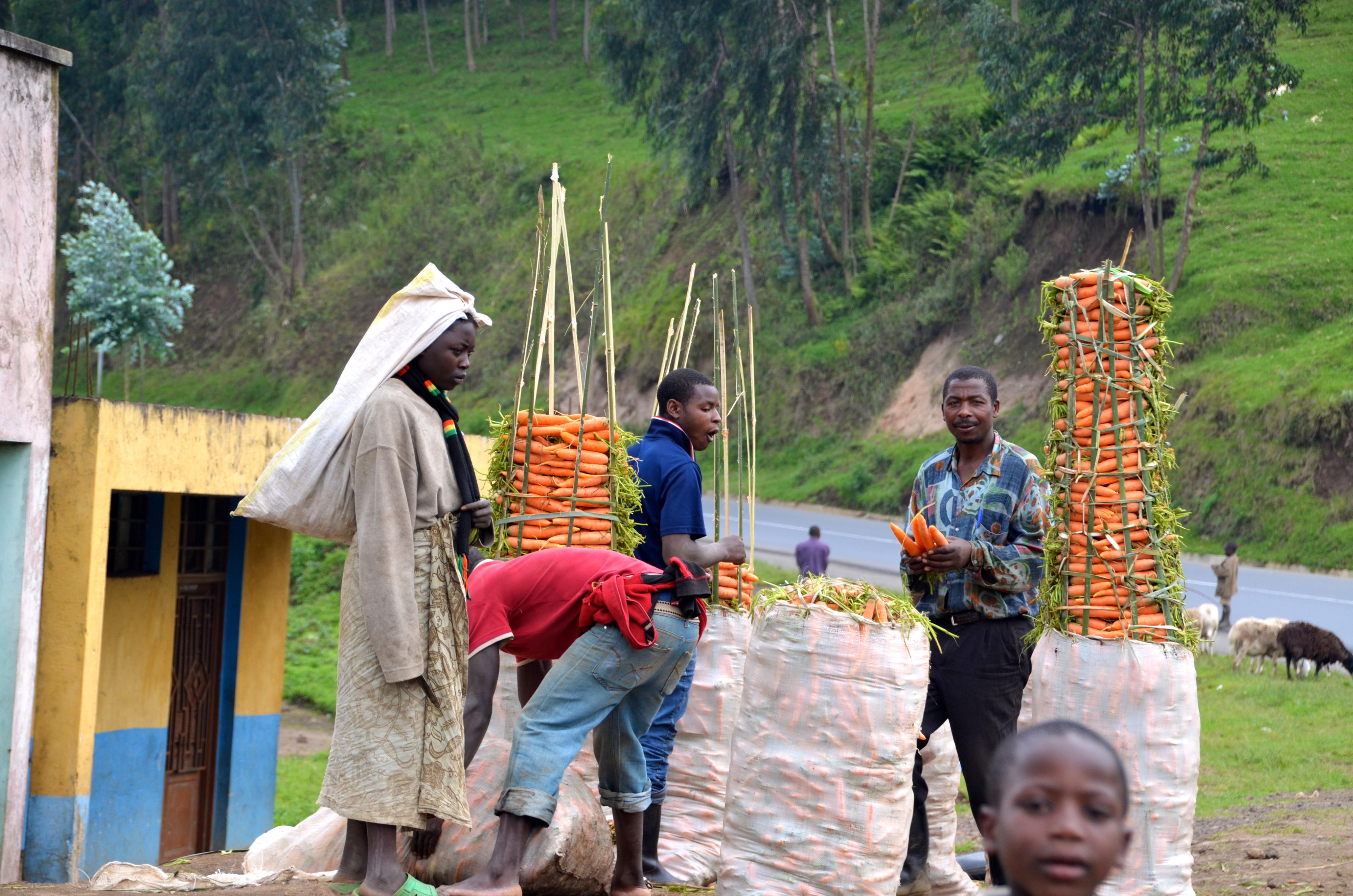Social situation Development achievements and ongoing challenges
According to the Rwandan government, the share of poor people in the country’s population has dropped from almost 77 per cent in 2001 to 55 per cent in 2017 (more recent data is not available). The share of extremely poor people also declined significantly. Yet the momentum has slowed – these figures have hardly improved since 2013.
Almost a third of the population is chronically undernourished, children and rural areas are especially affected.
According to World Bank figures, the unemployment rate was 12 per cent in 2023. The government figure for the proportion of workers who are underemployed is roughly 50 per cent of all employees.
Education and health
Progress has been achieved in the area of education in recent years. By introducing free schooling, for example, Rwanda has succeeded in boosting school enrolment rates considerably. Now, 95 per cent of all school-age children are attending primary school. The duration of school attendance has also increased significantly. However, the percentage of pupils who drop out of school is high and the quality of the education provided is still extremely poor.
Between 2000 and 2022, the mortality rate for under-fives dropped from 185 deaths per 1,000 children to 38 deaths per 1,000. Maternal mortality rates have been considerably reduced, too. In 2000, more than 1,000 women died per 100,000 live births; this number fell to just 259 women in 2020. Life expectancy has increased from 47 years in 2000 to 67 years in 2022.
As at: 05/03/2025
